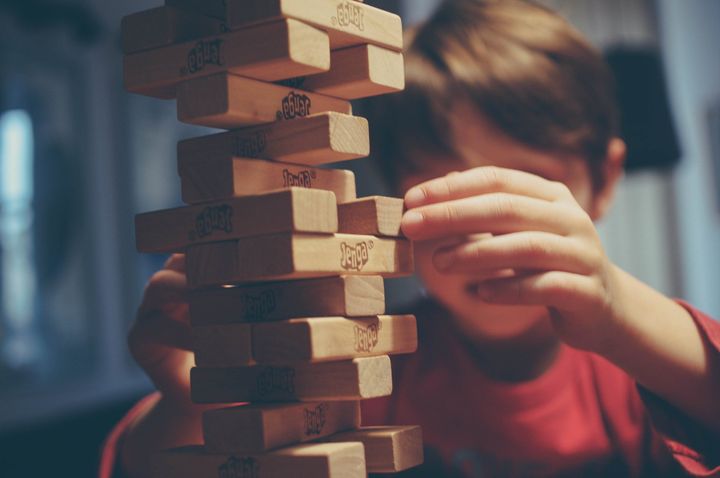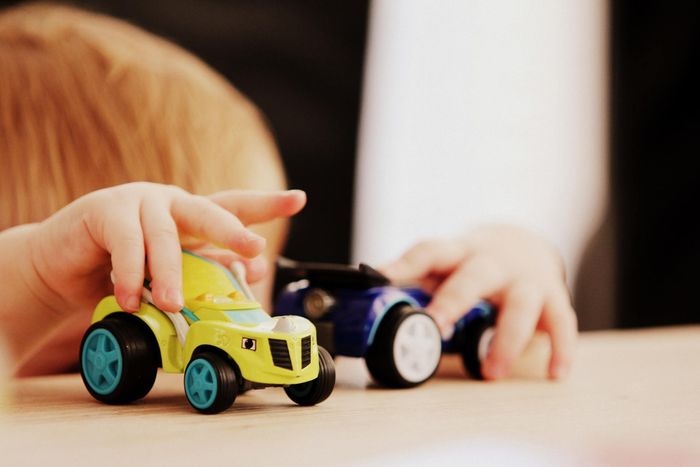What is Play Therapy?
Finding Life Hard
Is your child finding it difficult to concentrate and their school work is being affected? Perhaps they are finding it hard to make friends, displaying inappropriate behaviour, or are withdrawn?
Maybe they have suffered a trauma or are struggling because of changes in the family or home. Are they being challenged because of a phobias, anxiety or stress?
Children can experience behaviour or mental health problems that prevents them from fulfilling their full potential.
Play therapy can help.
Resilience and Strength
Play is essential for a child's development and it's a
way for children to express themselves.
Play therapy is a method used to help children when they are experiencing behaviour and emotional problems.
Kelly offers one to one support for children to explore their worries or difficulties in a safe and calm environment. She uses an integrated holistic play therapy approach, allowing the child to choose what to explore in their own time, through play and metaphor.
The play experience offers a way in which children can work through their concerns with Kelly's experience to guide them to a happier outcome. Play therapy enables children to engage more positively at home, with family, friends, in school and in life.

What's in the play room
Kelly has an extensive tool kit to support each individual child.
The sand tray, with its miniatures, allows the imagination free rein and the child is given the opportunity to make a world in the sand to make sense of their experience.
Materials such as, clay, paint, glue, pens, paper, construction, puppets, musical instruments and objects are offered to encourage movement and freedom of expression.
Symbolic play, with it's use of metaphors, provides new experiences that develop the mind.
How does Play Therapy work?
"Play Therapy is based upon the fact that play is the child's medium of self-expression. It is an opportunity which is given to the child to "play out" his feelings and problems just as, in certain types of adult therapy, an individual "talks out" his difficulties. By playing out these feelings he brings them to the surface, gets them out in the open, faces them, learns to control them, or abandons them. When he has achieved emotional relaxation, he begins to realise the power within himself to be an individual in his own right, to think for himself, to make his own decisions, to become more psychologically mature, and, by doing so, to realise selfhood."
Virginia M. Axline.
A course of therapy is for a minimum of 12 weeks, to allow feelings to be brought to the surface and then be dealt with. This may take longer for children with more complex issues or trauma.
The Benefits of Play Therapy
Play therapy can be cathartic for the child as they gain an insight into their issues. Children are given the freedom to express what they are going through. The benefits can be:
- The children can learn to take responsibility for their behaviour.
- Gain coping strategies and learn to problem solve and make decisions.
- Have better understanding of their emotions.
- Express their feelings more appropriately.
- Improve social skills and form better friendships.
- Reduce anxiety, gain confidence and build their resilience.
- Build stronger family relationships.
- Improve fine and gross motor skills
- Learn to settle their nervous systems and regulate their emotions
- Improve speech problems such as stammering, stuttering, baby talk, repetitious language and supports elective mutism.





